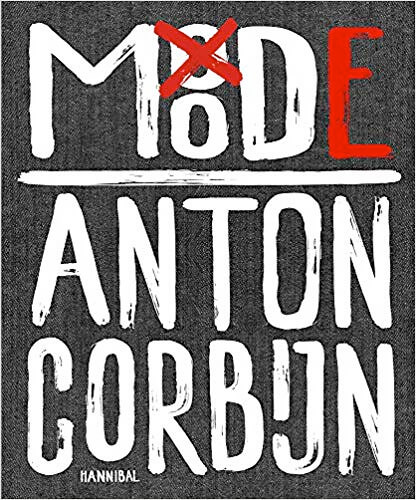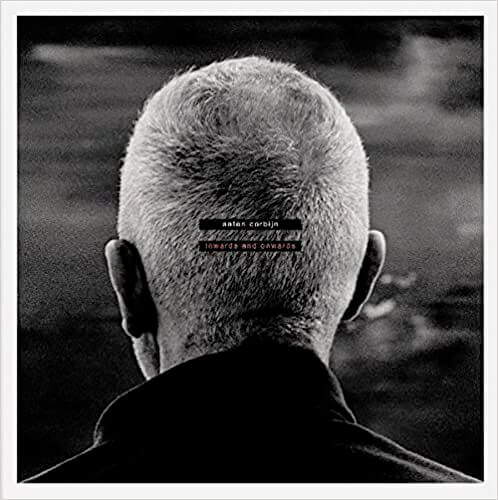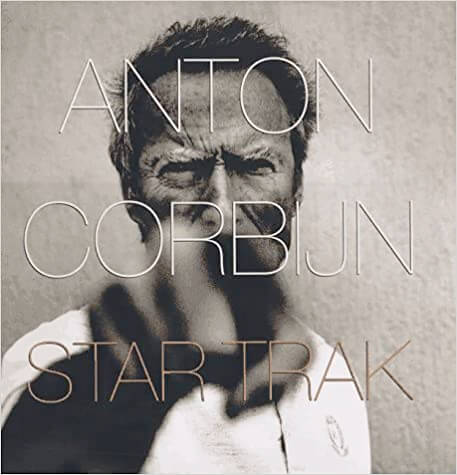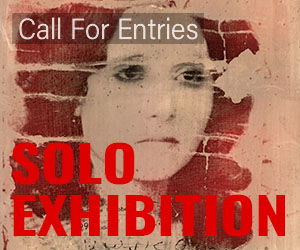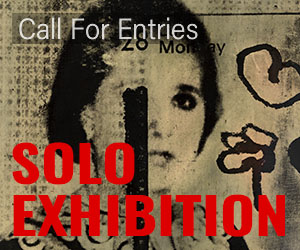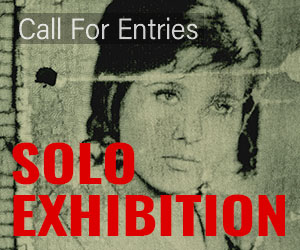Country: Netherlands
Birth: 1955
Birth: 1955
Anton Corbijn (born 20 May 1955) is a Dutch photographer, music video director, and film director. He is the creative director behind the visual output of Depeche Mode and U2, having handled the principal promotion and sleeve photography for both for almost 3 decades. Some of his works include music videos for Depeche Mode's "Enjoy the Silence" (1990), U2's "One" (version 1) (1991), Bryan Adams' "Do I Have to Say the Words? and Nirvana's "Heart-Shaped Box" (1993), as well as the Ian Curtis biopic Control (2007), George Clooney's The American (2010), and A Most Wanted Man (2013) based on John le Carré's 2008 novel of the same name.
Anton Corbijn was born on 20 May 1955 as Anton Johannes Gerrit Corbijn van Willenswaard in Strijen, the Netherlands, where his father had been appointed as parson to the Dutch Reformed Church the previous year. Father Anton (Hilversum, 12 Nov 1917 - Amersfoort, 9 Mar 2007) would take up the same position in Hoogland (1966) and Groningen (Diakonessenhuis, 1972) moving his wife and four children with him. His mother, Marietje Groeneboer (11 Sep 1925 - Hoogland, 15 Sep 2011), was a nurse and was raised in a parson's family. Photographer and director Maarten Corbijn (Strijen, 1960) is a younger brother. Grandfather Anton Johannes (Corbijn) van Willenswaard (Schoonhoven, 24 Nov 1886 - Hilversum, 16 Aug 1959) was an art teacher at Christian schools in Hilversum and an active member in the local Dutch Reformed church in Hilversum. Corbijn started his career of music photographer when he saw the Dutch musician Herman Brood playing in a café in Groningen around 1975. He took a lot of photos of the 'rising star' Herman Brood & His Wild Romance. Because of the pictures taken by Corbijn, Brood's fame rose quickly, and as a result Corbijn's own exposure increased. Corbijn has photographed Joy Division, Depeche Mode, Tom Waits, Pr?ta V?tra, David Bowie, Peter Hammill, Miles Davis, Björk, Captain Beefheart, Kim Wilde, Robert De Niro, Stephen Hawking, Elvis Costello, Siouxsie and the Banshees, Morrissey, Simple Minds, Clint Eastwood, The Cramps, Roxette and Herbert Grönemeyer, amongst others. Perhaps his most famous, and longest standing, association is with U2, having taken pictures of the band on their first US tour, as well as taking pictures for their Joshua Tree and Achtung Baby albums (et al) and directing a number of accompanying videos. From the late 70s the London based NME, (New Musical Express), a weekly music paper, featured his work on a regular basis and would often feature a photograph of his as the front page. One such an occasion was a portrait of David Bowie back stage in New York at his play The Elephant Man in nothing more than a loin cloth. In the early years of London based The Face, a glossy monthly post-punk life style / music magazine, Anton Corbijn was a regular contributor. He made his name working only in black and white. In May 1989 he began taking pictures in colour using filters: his first try was done for Siouxsie Sioux. Between 1998 through 2000, in collaboration with the painter Marlene Dumas, he worked on a project called "Stripping Girls", which took the strip clubs and peep shows of Amsterdam as their subject; while Corbijn later exhibited photographs, Dumas took Polaroids which she then used as sources for her paintings. Corbijn has photographed album covers for U2, working with sleeve designer Steve Averill and Peter Hammill, Depeche Mode, The Creatures (the second band of Siouxsie Sioux), Nick Cave, Bryan Adams, Metallica, Therapy?, The Rolling Stones, Simple Minds, R.E.M., The Bee Gees, Saybia and Moke.
Source: Wikipedia
Website
Inspiring Portfolios
Stay up-to-date with call for entries, deadlines and other news about exhibitions, galleries, publications, & special events.
More Great Photographers To Discover
Hungary
1894 | † 1985
1894 | † 1985
China
1991
1991
France/Germany
United KIngdom
1983
1983
France
1813 | † 1889
1813 | † 1889
Vietnam
1983
1983
China
1970
1970
Spain
1985
1985
Belgium/United States
1967
1967
Latest Interviews
Cole is best known for her underwater photography, but her other studio practice during the cold months in Toronto is an ongoing series of wet collodion photographs. This heavily analog process from the 19th Century is a years-long endeavor of revitalization and experimentation, offering modern day viewers an understanding of what it took to develop photographs in the early days of its invention.
Cole has added her own unique take on the process by adding a layer of color in contrast to the usual sepia tones associated with the genre. The resulting wet plate photographs are tactile and dimensional dances between light and shadow, past and present, depicting women in timeless dreamscapes. We asked her a few questions about this specific project
I discovered Michael Joseph's work in 2016, thanks to Ann Jastrab. I was immediately captivated by the power of his beautiful black and white photographs from his series 'Lost and Found.' His haunting portraits of young Travelers have stayed with me ever since.
Debe Arlook is an award-winning American artist working in photography. Through color and diverse photographic processes, Arlook’s conceptual work is a response to her surroundings and the larger environment, as she attempts to understand the inner and outer worlds of human relationships. Degrees in filmmaking and psychology inform these views.
Seth Dickerman is a master manipulator of the wide spectrum of light densities that reflect off the surface of a photographic print and enter into our field of vision. His singular intent in making prints is to bring out the best an image has to offer, which means giving an image the ability to hold our attention, to engage us, and to allow us to discover something about an image that is meaningful and significant.
Photographer and film director, Michel Haddi has photographed many high-profile celebrities while living in the USA including, Clint Eastwood, Martin Scorsese, David Bowie, Uma Thurman, Francis Ford Coppola, Cameron Diaz, Faye Dunaway, Nicholas Cage, Johnny Depp, Heath Ledger, Angelina Jolie, Janet Jackson, Jennifer Lopez, and many others. He also manages a publishing house, MHS publishing, which publishes his own books.
Currently based in London we have asked him a few questions about his life and work
In 2008, Swedish photographer Sebastian Sardi, inspired by an article exposing hidden mining-related incidents, embarked on a photography journey. Without formal training, he explored mines and ventured to India's Jharkhand state to document coal miners in Dhanbad, known as the "coal capital." His project, "Black Diamond," captured the lives of people, including men, women, and children, dedicated to coal extraction in grueling conditions.
Monterey-based photographer Debra Achen was born and raised near Pittsburgh, PA, where she developed a passion for both nature and art. She studied a variety of studio arts, including drawing, painting, and printmaking in addition to her training in traditional film and darkroom photography. Her project 'Folding and Mending' won the September 2022 Solo Exhibition. We asked here a few questions about her life and work.
Steve Hoffman is a documentary photographer who has who spent the last dozen years working with and photographing the people that live the housing projects in Coney Island. He was the winner of the July and August 2022 Solo Exhibition. We asked him a few questions about his life and work.
Aya is passionate about exploring the natural world and protecting ecosystems and wild landsAll about Photo: Tell us about your first introduction to photography. What drew you into this world?
Her project The Systems That Shape Us'won the February 2022 Solo Exhibition. We asked her a few questions about her life and her work.






